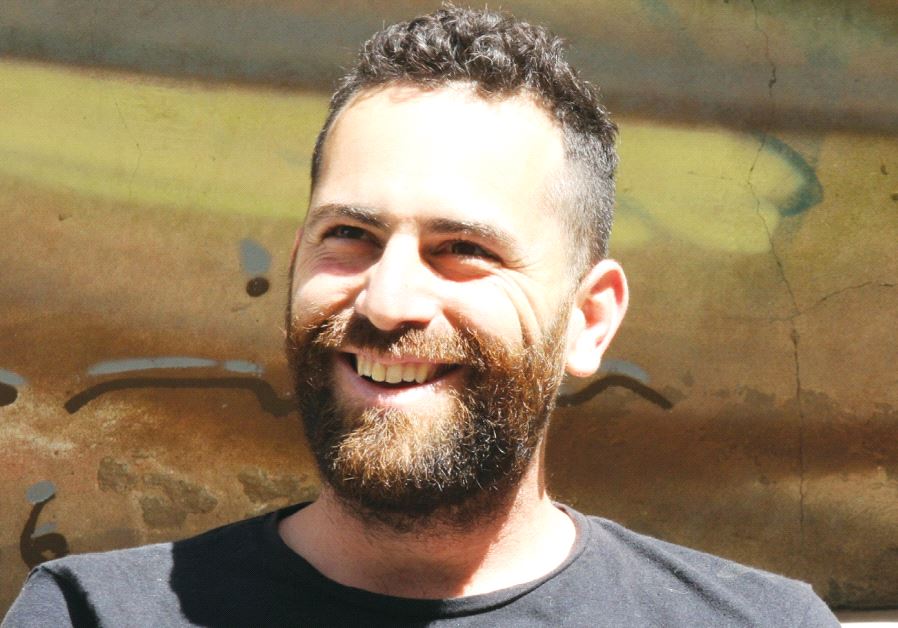Designing urban spaces for social change
The Onya collective at the Tel Aviv Central Bus Station seeks to improve the neighborhood with architecture, common spaces and garden radishes.
 Robert Ungar, one of Onya’s founders(photo credit: FRANZISKA KNUPPER)Updated:
Robert Ungar, one of Onya’s founders(photo credit: FRANZISKA KNUPPER)Updated: